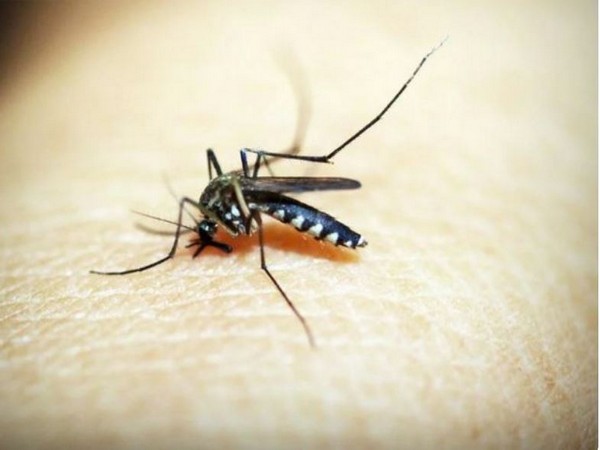
ANI |
Updated: Jul 09, 2022 20:18 IST
By Shalini Bhardwaj
New Delhi [India], June 9 (ANI): ICMR–Vector Control Research Centre in Pondicherry have invented four types of artificial diets for feeding mosquitoes that will replace the ‘blood diet’ with a unique feeder device.
Mosquitoes carry several viral diseases such as Zika, dengue, chikungunya, yellow fever, etc. Researchers are investigating ways to minimise the spread of such diseases, which are caused by mosquitos.
ICMR–Vector Control Research Centre in Pondicherry is the biggest institute, which probes how such deadly diseases can be prevented and cured.
Interestingly, the scientists at ICMR‘s VCRC at Puducherry have invented four types of artificial diets for feeding mosquitoes that will replace the ‘blood diet’ with a unique feeder device.
According to VCRC scientist and E/Deputy Director, Nisha Mathew, who is also one of the inventors who formulated 18 different diets, said, “The diet is much like a baby formulae food and has all nutrients which is present in the blood.”
She said, “This ‘formula diet’ must attract hungry female mosquitoes to accept the meal that tastes like blood that produces healthy and viable eggs which will hatch like normal eggs, form healthy offspring. This can be useful for laboratory research and mass production when necessary.”
Dr Ashwani Kumar also hailed the move by the scientists. “When these diets were tested, 2 diets proved similar and the other 2 diets superior to the whole blood diet as the females feeding on them produced a healthy and larger number of eggs than with normal blood diet,” said Dr Ashwani Kumar, Director, ICMR-VCRC, Puducherry.
Dr Nisha further informed about the indigenous feeder for mosquitoes that have been patented.
“It was very difficult to maintain the temperature apt for feeding to the optimum level, i.e. 37 degrees Celcius, which is human body temperature, by usual water circulation or by using the melted wax. Hence, a device with controlled temperature was invented, a prototype was made and also evaluated for mosquito feeding capability. This could easily replace the conventional hot water circulator-based feeding device. Both these inventions have been patented and ready for manufacturing,” Dr Nisha said.
“These inventions are a success story. It is an artificial mosquito diet that is commercially viable and technically sound. It has great potential in rearing mosquitoes for research purposes and also for the mass production of mosquitoes for their control based on sterile insect technology, population replacement, or population reduction study and Wolbachia endosymbiont bacteria-based control operations,” she said.
It is a known fact that female mosquitos need human blood for breeding. For that, the institute seeks help from local blood banks.
VCRC’s studies showed that this combo of artificial diet and its feeding device is effective in feeding Aedes aegypti, Anopheles stephensi, and Culex quinquefasciatus mosquitoes and producing many next generations successfully, said Dr Nisha.
Both the mosquito feeding device and diet compositions are great achievements and need of the hour for vector research.
“The efficient and cost-effective mass-rearing of mosquitoes in laboratory conditions is extremely important in order to investigate basic facets of their biology, their efficiency in disease-causing agents, new control strategies and also to study insecticide resistance in mosquitoes,” the data read.
“Females mosquitoes require animal or human blood diet to produce eggs. For this, blood has to be obtained from blood banks or live animals with proper human and animal ethical clearance. A regular supply of blood from the blood bank is not easy,” reads the information shared by the ICMR– VCRC. (ANI)